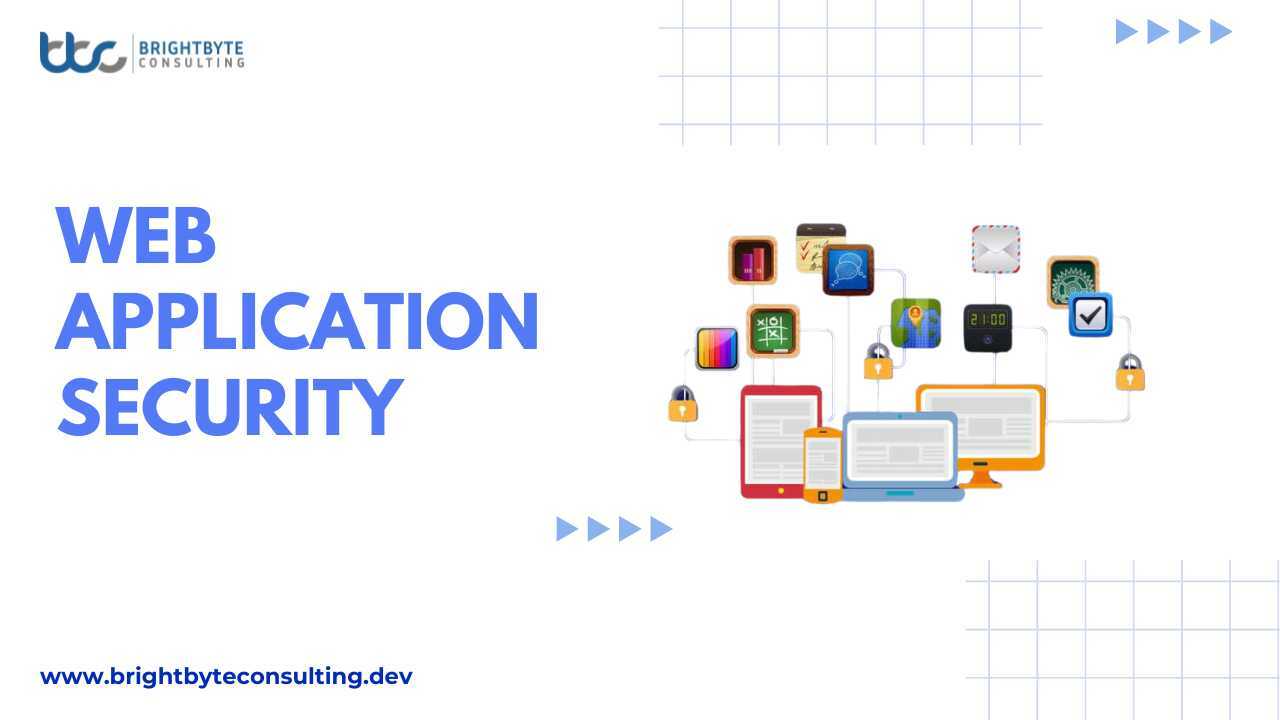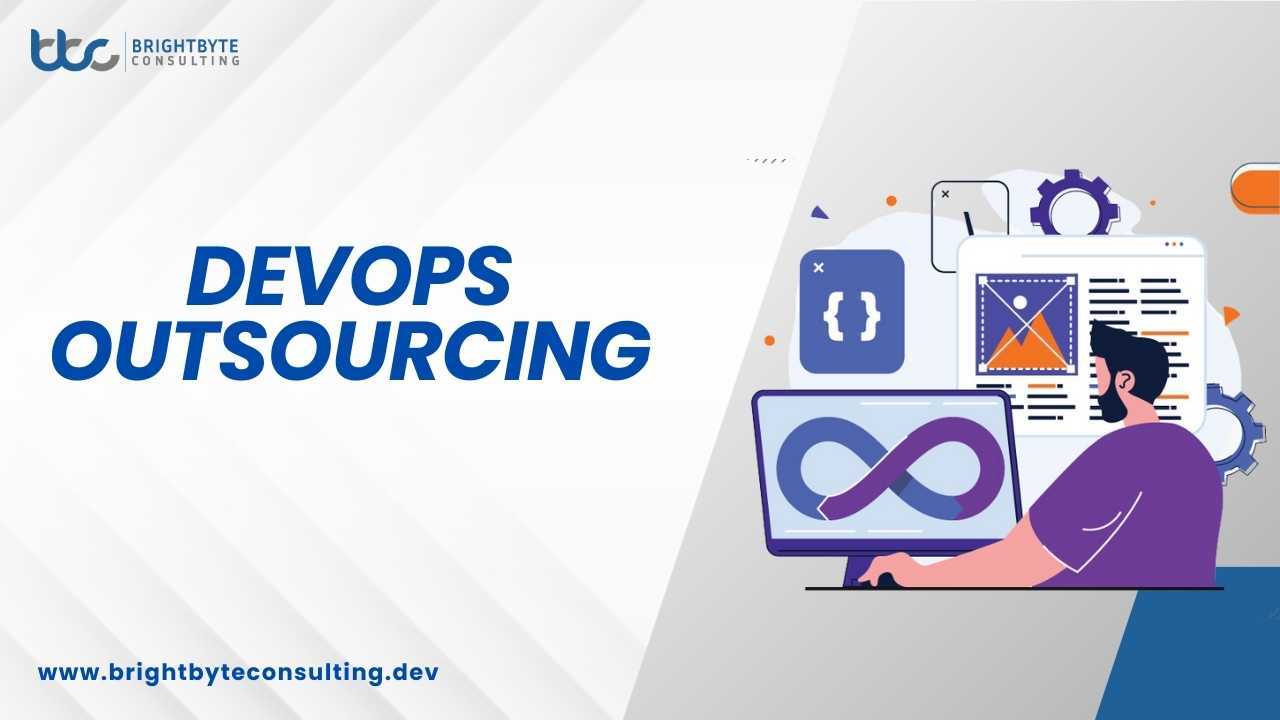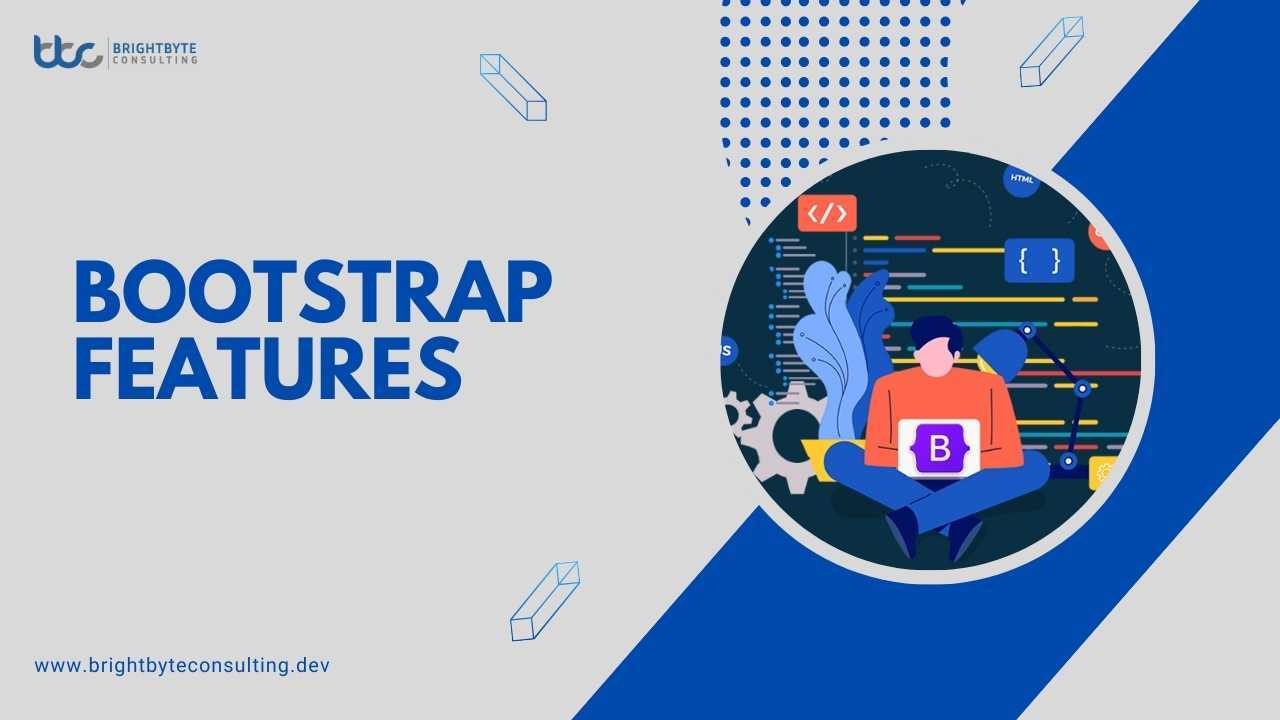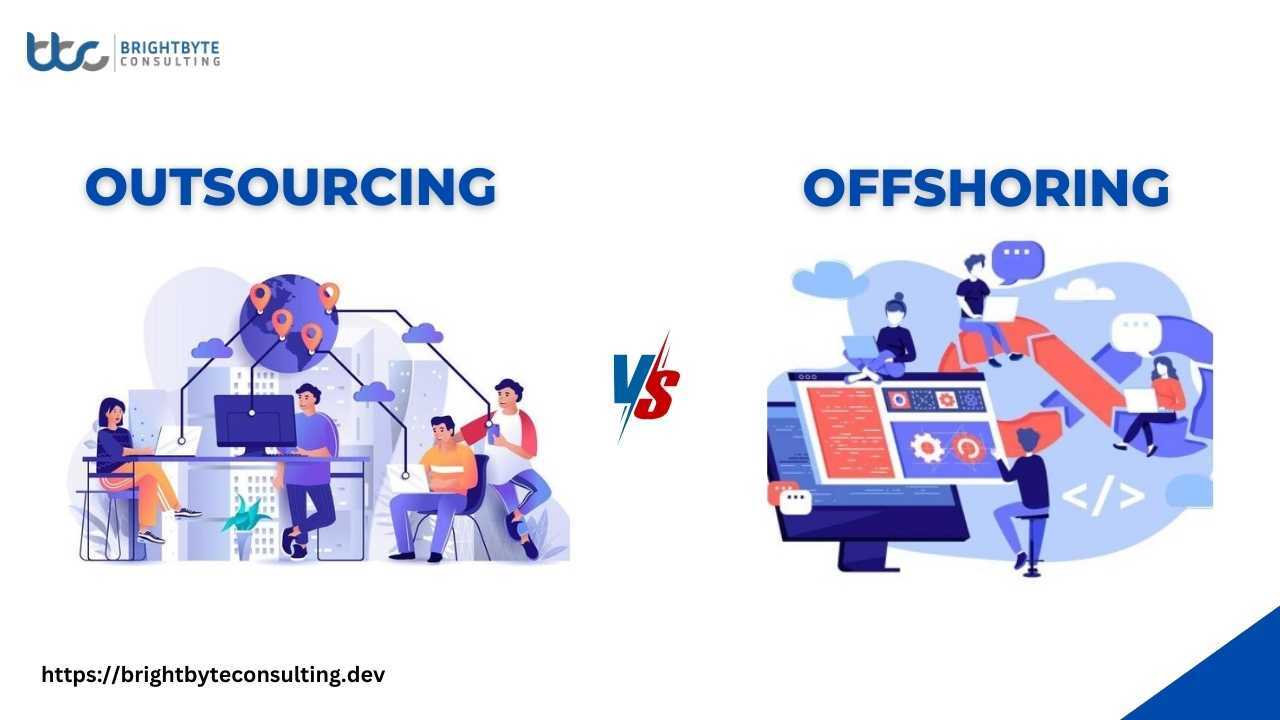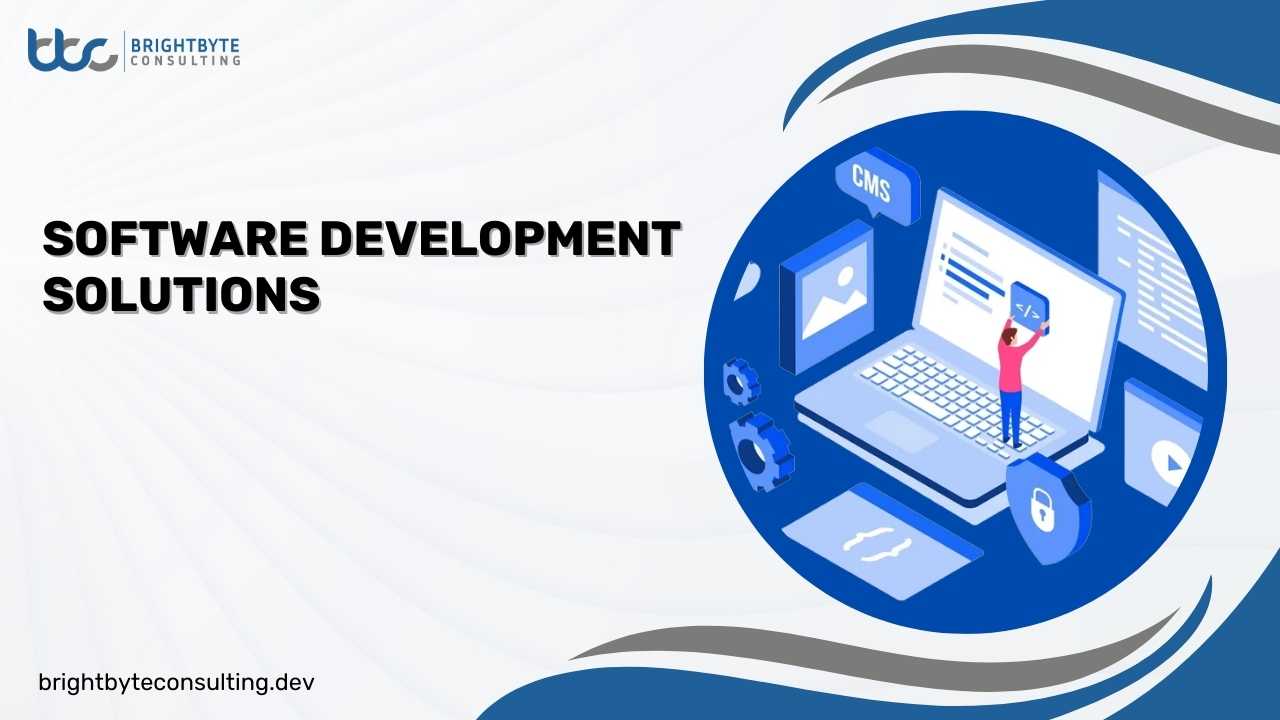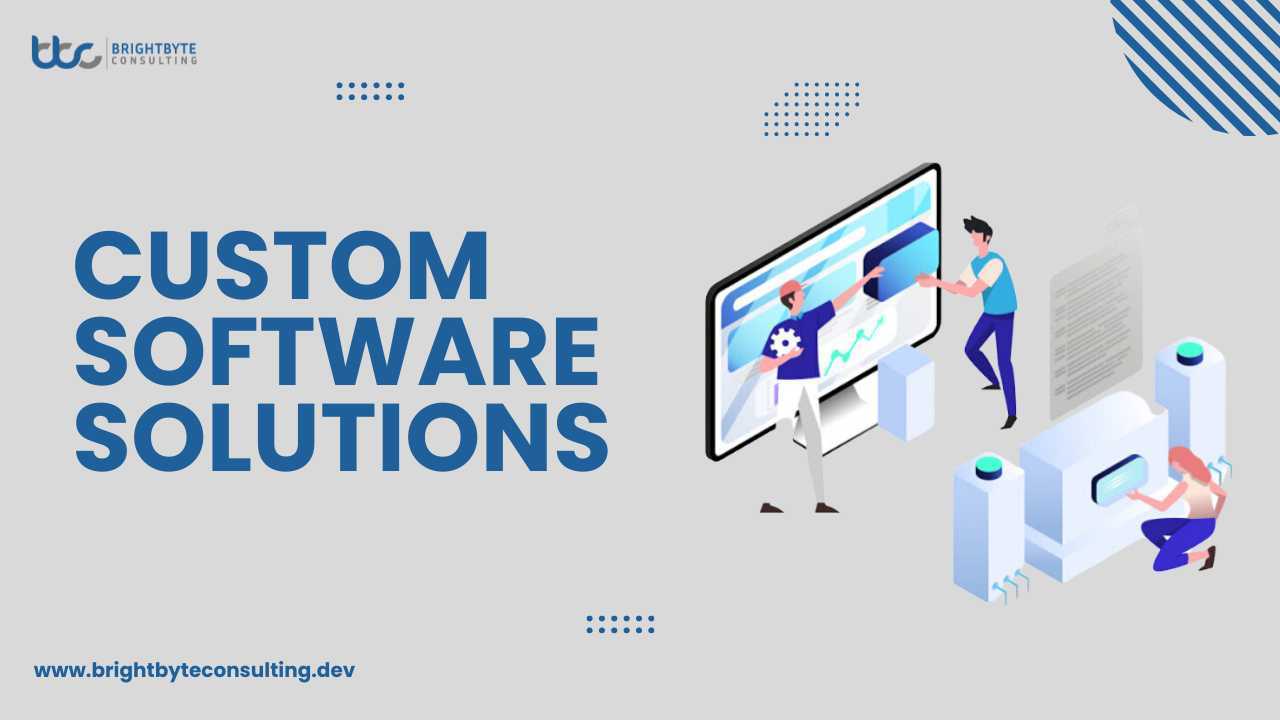Benefits of Software Development
Evolution of Methodologies: Adapting to the Digital Symphony
The history of software development methodologies is a tale of adaptation and refinement. From the traditional waterfall approach to the agility of modern practices, the industry continually adjusts its modus operandi. Waterfall, with its sequential phases, gave way to Agile, emphasizing iterative development and flexibility.
The emergence of DevOps further blurred the lines between development and operations, fostering collaboration and efficiency. This evolution signifies the industry’s response to the need for quicker releases, adaptability to change, and improved collaboration among diverse teams.
Programming Languages and Frameworks
At the heart of every software development endeavor lie programming languages and frameworks, akin to the artist’s palette and brush. The choices made in this domain profoundly impact the development process. The rise of versatile languages like Python, JavaScript, and Java, coupled with powerful frameworks such as React, Angular, and Django, showcases the industry’s commitment to innovation.
The dynamic nature of software development is reflected in the continual exploration and adoption of new languages and frameworks, driven by the quest for enhanced performance, scalability, and developer convenience.
Collaborative Symphony
The collaborative nature of software development is akin to a symphony, where individual contributions harmonize to create a cohesive masterpiece. Cross-functional teams, consisting of developers, designers, project managers, and quality assurance experts, work in tandem. Agile methodologies emphasize constant communication, iterative development, and adaptability to change.
The dynamic interplay within these teams is crucial, as diversity in skills and perspectives enriches the creative process, resulting in robust and innovative software solutions.
Navigating Hurdles: Challenges in the Code
The journey of software development is not without its challenges. Tight deadlines, shifting project requirements, and the ever-evolving landscape of technology present hurdles that demand creative solutions. The dynamic nature of these challenges requires developers to be adept problem solvers.
Adopting practices like continuous integration and continuous delivery (CI/CD), implementing effective testing strategies, and fostering a culture of learning and adaptability are key strategies to navigate the complexities of software development.
User-Centric Design
In the dynamic landscape of software development, user-centric design has emerged as the soul of the process. Beyond mere functionality, the emphasis is on crafting experiences that resonate with end-users. The iterative nature of user-centric design involves constant feedback loops, ensuring that software solutions align seamlessly with user expectations.
This approach requires developers to embrace empathy, understand user needs, and iteratively refine their creations to deliver not just functionality but a delightful user experience.
Process of Software Development
Developing software is a multifaceted process that requires careful planning, execution, and continuous refinement. Below is a comprehensive step-by-step guide to help you navigate through the various stages of software development:
Step 1: Define the Purpose and Scope of the Software
Define Objectives: Clearly articulate the goals and objectives of the software. Understand what problem it aims to solve or what value it adds.
Identify Stakeholders: Determine who the end-users and stakeholders are. Understand their needs and expectations.
Scope Definition: Clearly outline the features and functionalities the software should include. Define what is in scope and what is out of scope.
Step 2: Conduct Market Research and Feasibility analysis.
Market Analysis: Research the target market and competitors. Identify potential challenges and opportunities.
Feasibility Study: Assess the technical, economic, legal, operational, and scheduling feasibility of the project.
Risk Assessment: Identify potential risks and develop strategies to mitigate them.
Step 3: Plan the Project
Create a Project Plan: Develop a detailed project plan outlining tasks, milestones, timelines, and resource requirements.
Allocate Resources: Assign roles and responsibilities to team members. Ensure the availability of necessary tools and technologies.
Define Development Methodology: Choose a development methodology (e.g., Agile, Scrum, Waterfall) based on project requirements.
Step 4: Design the Architecture
System Architecture: Define the overall system architecture, including hardware and software components.
Database Design: Design the database structure, considering data storage, retrieval, and relationships.
User Interface (UI) Design: Create wireframes and prototypes to visualize the user interface. Consider user experience (UX) principles.
Step 5: Develop the Software
Coding: Write the code according to the design specifications. Follow coding standards and best practices.
Version Control: Use version control systems (e.g., Git) to manage and track changes in the codebase.
Testing: Implement unit testing during the development phase to identify and fix bugs early.
Step 6: Perform Comprehensive Testing
Functional Testing: Validate that the software functions according to the defined requirements.
Integration Testing: Test the interaction between different components and systems.
Performance Testing: Assess the software’s performance under various conditions.
User Acceptance Testing (UAT): Allow end-users to test the software to ensure it meets their expectations.
Step 7: Deployment
Deployment Plan: Develop a detailed deployment plan, considering factors such as downtime, user communication, and rollback procedures.
Rollout: Deploy the software in a controlled environment. Monitor for any issues and address them promptly.
Step 8: Monitor and Maintain
Monitoring: Implement monitoring tools to track the software’s performance, detect issues, and collect usage data.
Feedback Mechanism: Establish a feedback loop to gather user feedback and identify areas for improvement.
Maintenance: Regularly update and maintain the software to address bugs, security vulnerabilities, and evolving user needs.
Step 9: Documentation
Create Documentation: Document the software architecture, codebase, and user manuals.
Knowledge Transfer: Ensure knowledge transfer within the team to avoid dependency on specific individuals.
Step 10: Continuous Improvement
Collect Metrics: Gather performance metrics and user feedback to inform future updates.
Iterative Development: Use an iterative approach to make incremental improvements based on feedback and changing requirements.
Stay Current: Keep abreast of technological advancements and industry trends to ensure the software remains relevant.
By following these steps, you’ll create a structured and organized approach to software development, promoting efficiency, quality, and the successful delivery of a valuable product.
Emerging Trends: Paving the Future of Software Development.
As we peer into the future, the dynamic nature of software development reveals itself in the emergence of transformative trends. Artificial intelligence (AI) and machine learning (ML) are becoming integral, automating processes and enabling data-driven insights. Blockchain technology promises enhanced security and transparency. Augmented reality (AR) and virtual reality (VR) open avenues for immersive user experiences. The industry’s dynamic response to these trends showcases its perpetual quest for innovation and staying ahead of the technological curve.
Conclusion
In the symphony of software development, the dynamic interplay of methodologies, collaborative efforts, and user-centric design forms the backbone of technological evolution. From defining purpose to continuous improvement, each step weaves a narrative of innovation and adaptability. As we navigate challenges and embrace emerging trends, the future promises a digital landscape shaped by creativity and user-centric experiences.
Frequently Asked Questions
Why is user-centric design crucial in software development?
It ensures software solutions align seamlessly with user expectations, delivering a delightful user experience.
How does continuous integration benefit the software development process?
It helps identify and fix bugs early in the development phase, ensuring code reliability.
What is the role of version control systems like Git in software development?
Git manages and tracks changes in the codebase, facilitating collaboration and code management.
Why is a feasibility study important in the early stages of software development?
It assesses technical, economic, and operational feasibility, guiding project decision-making.
How does iterative development contribute to software improvement?
Iterative development allows for incremental improvements based on feedback and changing requirements, ensuring ongoing optimization.


